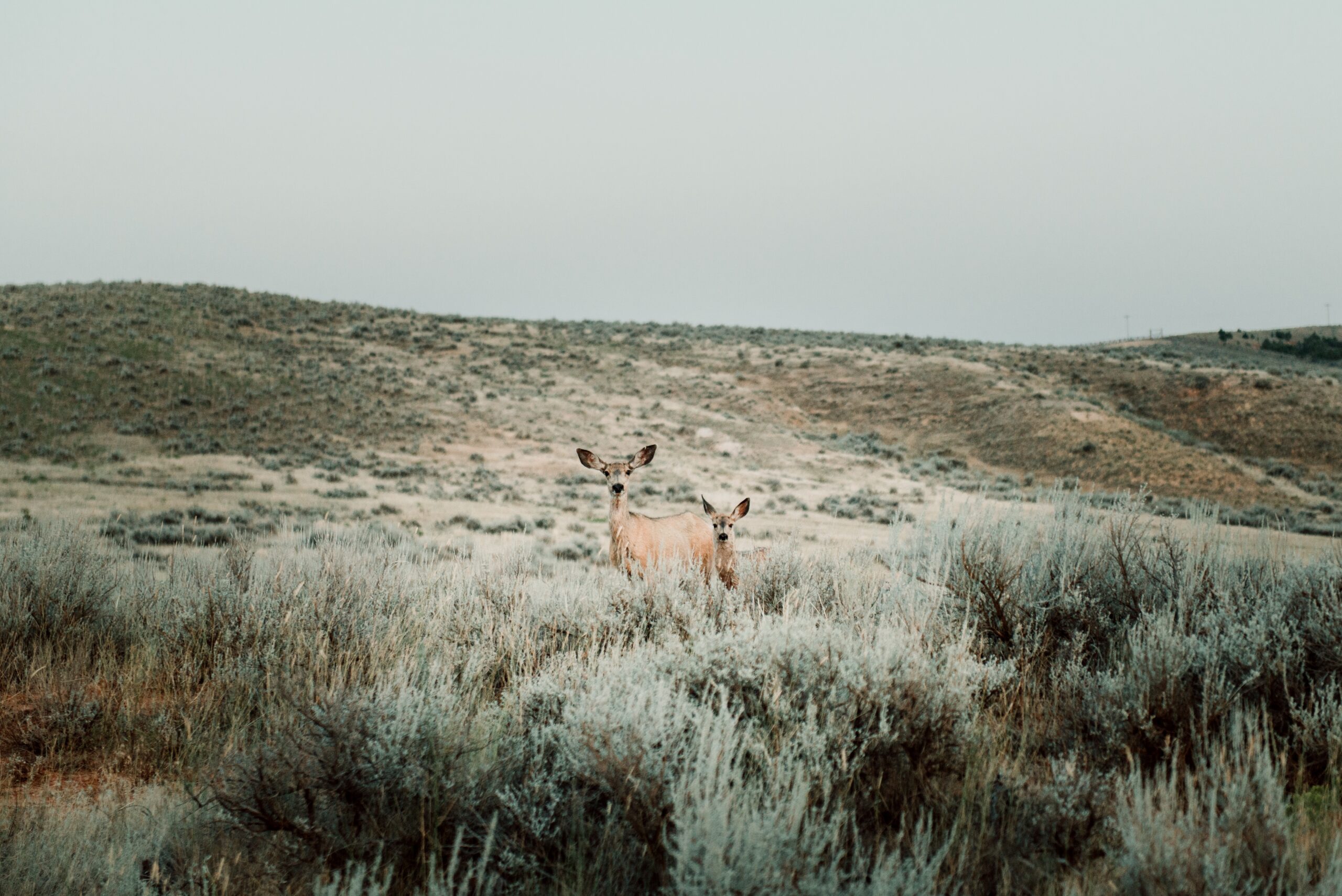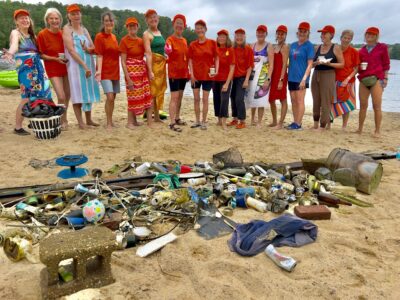It is easy to assume that the ecosystems we grew up with will continue to exist, but the truth is that ecosystems are constantly shifting. As a society, we are learning about the importance of recycling and efficient water usage. The basic logic behind these behaviors inspires us to look at environmental conservation the same way.
In the western United States, lawmakers from both sides of the aisle — led by Senator Mike Crapo (R-ID) and Senator Jacky Rosen (D-NV) — are asking the federal government for assistance in protecting the native sagebrush plant from invasive and ecologically damaging outsiders. This is conservation, the idea that we need to intervene every so often to help maintain the balance of our ecosystems.
Garden & Health spoke with the University of Nevada-Reno’s Dr. Tamzen Stringham to learn more about conservation. In addition to her responsibilities at UNR’s Department of Agriculture, Veterinary and Rangeland Sciences, Stringham leads the Great Basin Sagebrush Restoration Fund (GBSRF), an organization committed to studying and protecting the crucial presence of sagebrush in Nevada.
One of the major points of importance for Stringham and GBSRF is how essential the sagebrush population is for suppressing wildfires within the region. A particular breed called Wyoming Sagebrush is dominant in the Great Basin, an area that only receives 7-10 inches of precipitation each year. Though this species isn’t flammable enough to support the spread of wildfires, it is in danger of being out-competed by an invasive and highly combustible species called cheatgrass. The impact of cheatgrass on the environment has already been pronounced. “The fire cycle in our Wyoming Sagebrush sites has gone from occurring every 75 to 100 years to every five years,” says Stringham, who indicated that the burns will only get worse if the sagebrush problem is left unattended.
So far, Stringham and her team have made a great deal of progress in addressing this issue by developing sagebrush seeding methods that pack a more significant punch than conventional practices. Strategies have included the “coding” of seeds for enhanced germination, using fungicides during the seeding process to protect the seedlings from lethal toxins, and more specialized tactics to further elicit seedling growth. Stringham says that the results from each of the bi-annual seeding windows speak for themselves. “Our seedling emergence was 24 percent greater for the fall and 60 percent greater for the winter. So we’re getting a really good establishment of plants that are really hard to grow”.
With the recent news of a coalition of western senators joining together to advocate for sagebrush funding from the Department of the Interior as part of the federal infrastructure bill, researchers like Stringham would like to see some of that directed towards states like Nevada, where the need is greatest. Until then, she remains hopeful that the success of the GBSRF will lead to others adopting more efficient methods of sagebrush germination.





